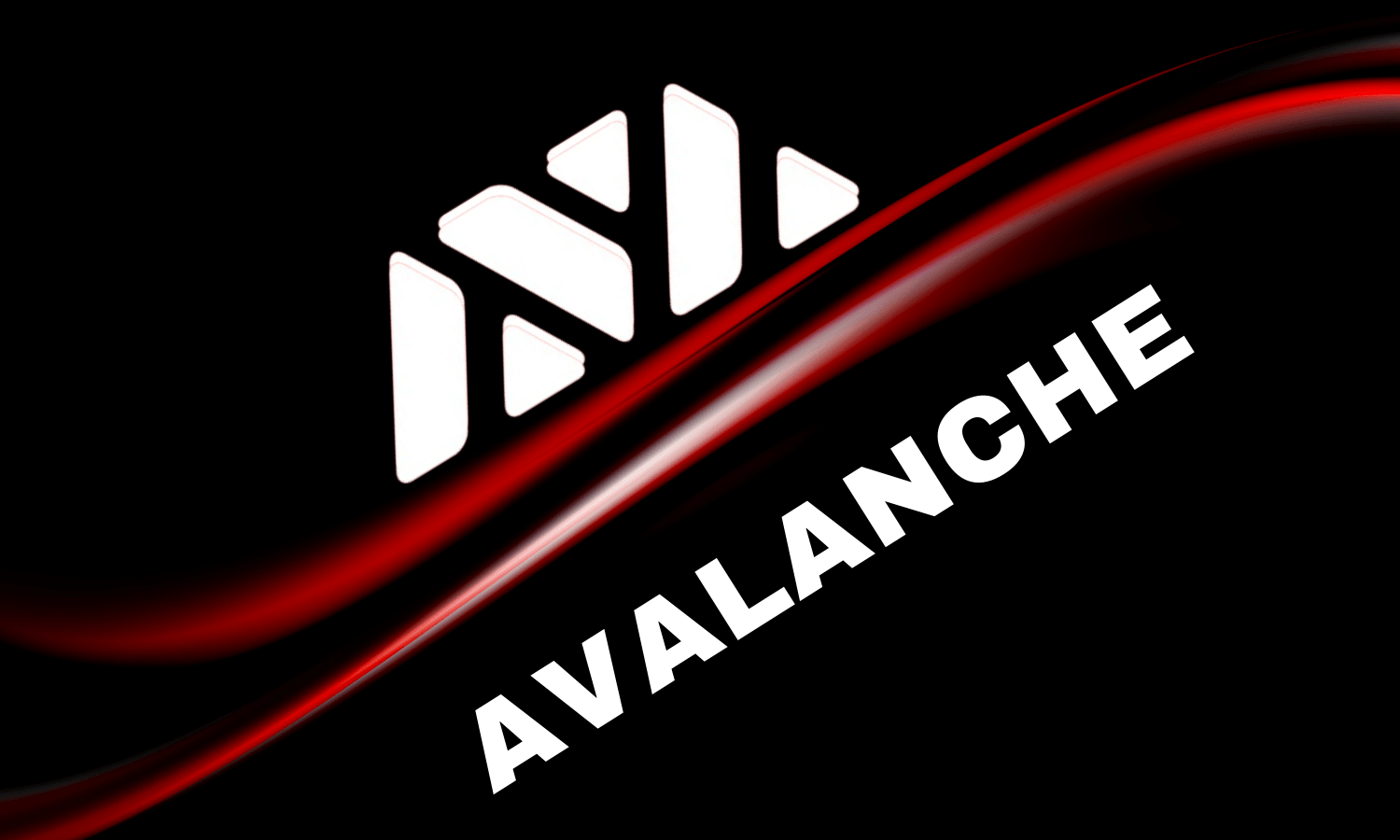Avalanche (AVAX): What is it?
An Avalanche (AVAX) platform allows users to create custom blockchain networks or decentralized applications (dApps). The Avalanche crypto platform is a project created by Ava Labs that is trying to displace Ethereum as the most widely used smart contract platform in the blockchain ecosystem
Avalanche (AVAX) works in what way?
Based on three interoperable blockchains, Avalanche is built around the Platform Chain (P-Chain), Contract Chain (C-Chain), and Exchange Chain (X-Chain).
There are three blockchains (here, the P-Chain and C-Chain) with the Snowman consensus which allows for high-speed, secure smart contracts, while the X-Chain relies on the Avalanche consensus protocol.
Avalanche can solve the problems of flexibility, speed, and security without compromising security or speed by splitting its architecture across three different blockchains. Developers have great flexibility in building the types of applications they can create, so it makes it a highly powerful platform for a wide range of public and enterprise uses.
Avalanche’s native utility token, AVAX, allows staking, fee payments, and interoperability among subnetworks.
The architecture of Avalanche (AVAX) Crypto Networks
Primary Network is Avalanche’s central subnetwork (subnet). One or more transaction validators form a subnetwork of blockchains in order to reach a consensus on their state. Three built-in blockchains are connected to the Contract Chain (C-Chain)Primary Network: the Contract Chain (C-Chain), Platform Chain (P-Chain), and Exchange Chain (X-Chain).
- AVAX is one of the crypto assets created and traded on X-Chain.
- The P-Chain enables users to create new subnets, track active subnets, and create custom blockchains, including private blockchains, on top of their transaction validators.
- Smart contracts can be created on the C-Chain.
In Avalanche, each blockchain is validated by its subnet, but a subnet can validate more than one blockchain simultaneously. Validator nodes may belong to many subnets. Avalanche blockchains provide the capability of designing subnets with specific properties, such as requiring validators to fulfill specific regulatory requirements. The Avalanche blockchain subnet’s validators would be required to pass a KYC/AML screening, live in the state where the blockchain subnet is built, or possess a specific type of license related to the region’s financial management.
Alternatively, validators may choose to be part of as many or as few subnets as they want (provided they meet each subnet’s criteria). In contrast, mining on networks such as Bitcoin relies on nodes competing for all transactions to be validated. Therefore, Avalanche’s subnets and its validators can both create ecosystems tailored to their specific priorities.
It uses a modular architecture enabling blockchains that are scalable and interoperable, and the platform aims to establish an increasing level of connectivity with Ethereum and the broader ecosystem of blockchains.
Crypto Consensus for Avalanche (AVAX)
As part of Avalanche’s architecture, the Avalanche Virtual Machine (AVM) is a proprietary Virtual Machine (VM). Additionally, the Avalanche platform allows subnets built on it to use “traditional” blockchain databases such as those used in Bitcoin, Ethereum, or Cardano, however, they can also reach consensus via other formats like Fantom, Nano, used by IOTA, Directed Acyclic Graph (DAG). Projects relying on Avalanche can customize the software to their liking while ensuring it is interoperable with various platforms.
To become a transaction validator, users stake AVAX in Snowball, Ava Labs’ proof-of-stake (PoS) algorithm. Consensus must be reached by stakeholder holders who own at least 2,000 AVAX coins. A validator may be delegated your AVAX if you want to participate in consensus. AVAX must be delegates at least 25 times.
With Snowball consensus, validator nodes in a subnet repeatedly check each other’s validity until they arrive at a consensus for the network’s transactions. An AVAX node is queried more frequently when it stakes more coins. There is no requirement that validator nodes belong to other subnetworks, but they can participate if they wish.
A validater’s reward is proportional to the amount of their stake and is based on their response time and uptime. When a validater extends his or her stake, the rewards will increase. If a validator receives a reward with AVAX coins that you delegated to them, you will receive a reward as well. Avalanche does not cut the stakes of malicious nodes, unlike other PoS systems: instead, they do not receive a reward.
With the increasing presence of Ethereum competition, Avalanche aims to stand out with its scalability, customization, and interoperability. Although it is unclear whether Avalanche can become a meaningful competitor to Ethereum in the long run, the platform has proved particularly strong in decentralized apps.


